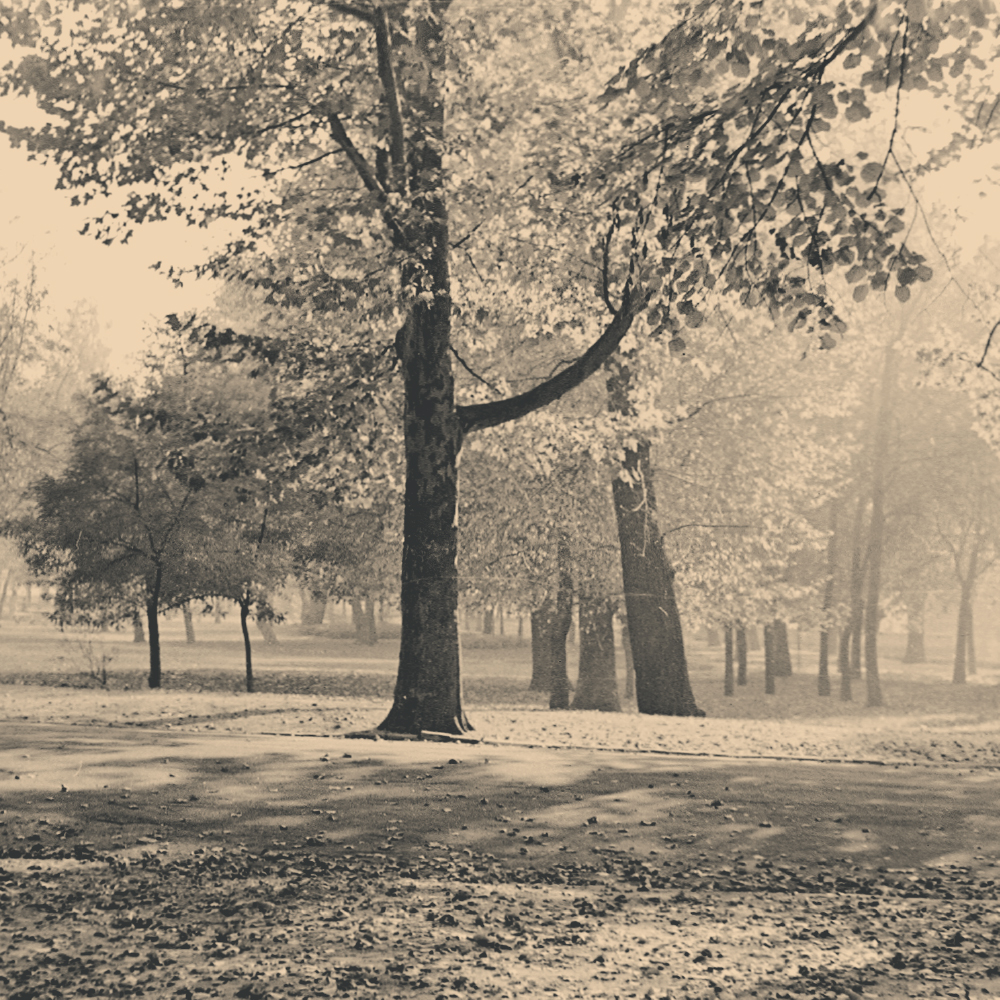
According some sources from the 18th century, two afforestation projects (one in 1755 and the other in 1785) took place in the Park. Willow, mulberry, and acacia trees were planted, none of which are still alive today. After 1808, the Batthyány-Witsch installation consisted of acacia and plane trees, the Nebbein installation included silver linden, plane and swamp cypress. A few of the plane trees are still alive in the park, being some of the oldest trees there.
In the early 20th century, the planting of new trees by Räde consisted of Amur cork tree, common beech, Kentucky coffee tree, eastern American black walnut, tulip tree, crabapples, which made the park more colourful.
It is hard even to count how many tree types were planted in the 20th century but to mention a few: white birch, paper mulberry, European spruce, Manchurian walnut, sweet cucumber, smoke tree, Chinese mahogany, Lebanon cedar, common juniper, black pine, ginkgo biloba, sycamore, horse chestnut, paper mulberry, plum tree, common hawthorn, European beech, black walnut, tuliptree, philadelphus genus, common oak and whitebeam.
Some famous trees also decorate the City Park, field maples next to the Museum of Transportation, a green maple tree between the Museum of Agriculture and Petőfi Hall, the double trunked yew tree on King’s Hill, a common jew tree planted on the yard of the Museum of Agriculture, holly, Oregon grape, and leatherleaf viburnum.











